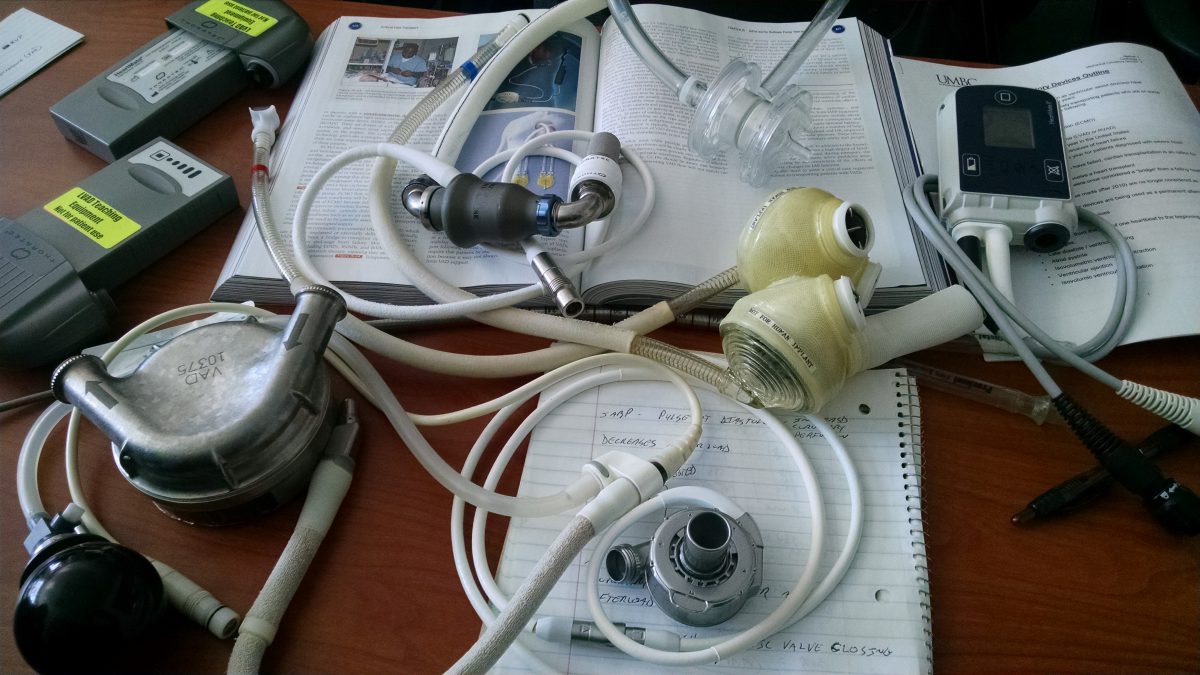I was really not happy with the original Fentanyl presentation. You have to excuse me as I’m really behind the curve learning how to make the technology work best. So I reworked the presentation and now have it posted to Youtube. If you get a chance, give it a look, I think it’s better. Let me know what you think. I appreciate any feedback.
Category: More than one way to….
Carboxyhemoglobin
The little red delivery trucks in our blood called hemoglobin have a really important job. We all know the system. The hemoglobin travel into the lungs and down to the alveoli and swing past the pulmonary capillaries to pick up oxygen and drop off waste and CO2. When a person takes an inspiration of atmospheric air they will inhale oxygen, nitrogen and a small amount of other trace gases. In the alveoli diffusion is based on pressure gradients. At inspiration the partial pressure of oxygen in the alveoli is about 104mmhg, at the pulmonary capillary the partial pressure of the oxygen is about 40mmhg. This pressure gradient makes it really easy for the oxygen to diffuse across the capillary membrane and load onto the hemoglobin. At the same time the CO2 pressure gradient is higher in the capillary and lower in the alveoli so the CO2 can diffuse off and be exhaled.
But what if we inhale a higher percentage of something else like carbon monoxide (CO)? Then at the alveoli the hemoglobin see a higher partial pressure of CO and get really excited. The hemoglobin have much higher affinity for CO than oxygen. They prefer CO up to 200 times more than oxygen. So the CO can grab a seat on the hemoglobin easier than oxygen. When the hemoglobin carries more CO than oxygen it becomes carboxyhemoglobin.
The problem with carboxyhemoglobin stems from a couple of different things. Due to the higher affinity the hemoglobin has for the CO it binds more tightly than oxygen. Not only does the CO prevent the oxygen from binding, it also makes the oxygen that is bound hold on more tightly and not diffuse off at the cellular level. This results in anaerobic metabolism, tissue and organ hypoxia. This is termed histotoxic hypoxia. Typically the organs highly dependent on oxygen like the brain and heart show some of the earliest signs of elevated CO levels.
This can manifest in the form of cardiac ischemia causing chest pain, tachycardia, shortness of breath, and disrhythmia. Also changes in mental status, headache, dizziness and confusion in the setting of CO exposure are pertinent findings.
Signs and symtoms
Mild: headache, nausea, abdominal pain, dizziness
Moderate: confusion, dyspnea, ataxia, tachycardia, chest pain
Severe: seizures, coma, cardiac dysrhythmia, hyperthermia
Pt’s complaining of flu like symptoms when the ambulance has been requested for the CO detector activation should be taken seriously. A thorough assessment can help flesh out some of the details and guide your treatment decisions. Fire departments testing atmospheric CO levels and CO-oximetry monitoring are both valuable tools. Typical CO-oximetry readings are <3% for a non-smoker, and up to 10-15% for a smoker. CO-oximetry readings >25% should be treated as a significant exposure. Definitive diagnosis is through arterial or venous blood sampling. Remember that during your assessment finding a Spo2 reading of 100% is not of value when CO exposure is suspected. Also assess for and consider other causes of altered mental status and cardiac dysfunction.
Transport management
CO-oximetry
100% oxygen
ABC’s
Intubation
Benzodiazepines
So how do we treat CO poisoning? Responder safety is paramount! You should not enter a building with elevated CO levels. Have the pt’s brought from the dangerous atmosphere to a fresh air environment. Perform CO-oximetry if available, and administer 100% oxygen immediately. Manage ABC’s. If seizures are present benzodiazepines are indicated. Also remember the level of carboxyhemoglobin does not directly correlate with how symptomatic someone will present.
Once the pt is removed from the toxic environment the CO has a half life of 3-4 hours at room air. With 100% oxygen the half life is reduced to 30-90 minutes. Hyperbaric therapy for severe exposures can reduce the half life to about 20 minutes.
